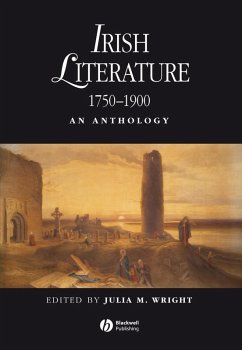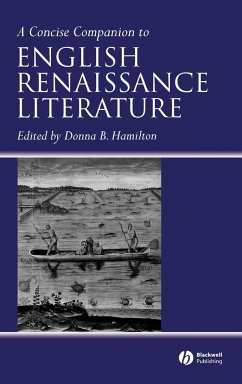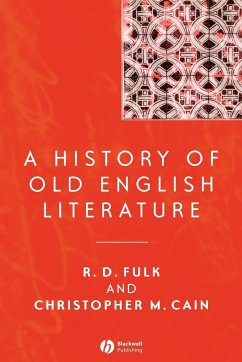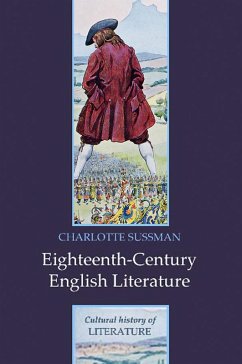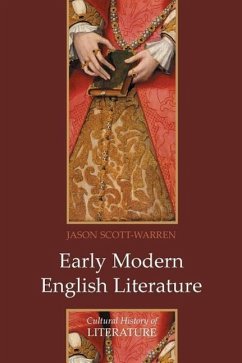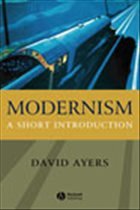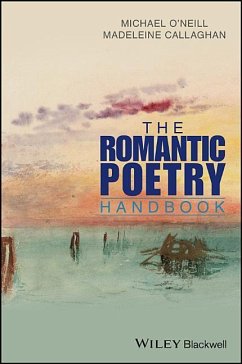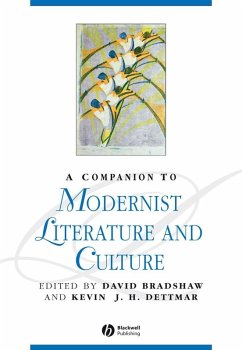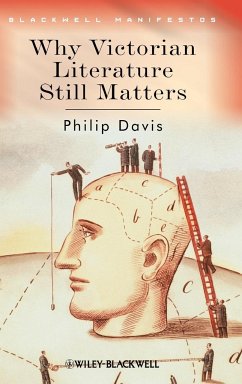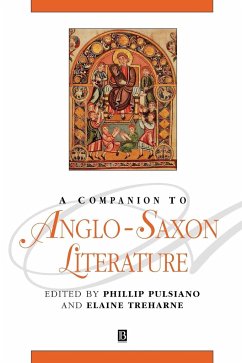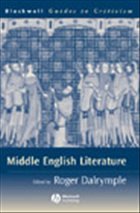
Middle English Literature
Versandkostenfrei!
Versandfertig in über 4 Wochen
155,99 €
inkl. MwSt.

PAYBACK Punkte
78 °P sammeln!
Middle English Literature is a student guide to the most influential critical writing on the subject. The guide brings together a cross-section of key critical work, in order to demonstrate how different schools of thought have treated major interpretative concerns, including authorship, textual form, genre, and literature and history. Extracts from some of the major authorities in the field introduce readers to such diverse approaches as New Criticism, textual criticism, genre criticism, historicism, feminism, psychoanalysis, and queer theory. These extracts treat a wide range of texts, from ...
Middle English Literature is a student guide to the most influential critical writing on the subject. The guide brings together a cross-section of key critical work, in order to demonstrate how different schools of thought have treated major interpretative concerns, including authorship, textual form, genre, and literature and history. Extracts from some of the major authorities in the field introduce readers to such diverse approaches as New Criticism, textual criticism, genre criticism, historicism, feminism, psychoanalysis, and queer theory. These extracts treat a wide range of texts, from 'The Owl and the Nightingale' and Chaucer's 'Canterbury Tales', to Malory's 'Morte d'Arthur' and the Paston letters. Brief overviews from the editor place the pieces in context. By enabling readers to research the critical reception of key works, and to forge new connections between different approaches, this guide steers them through the rich critical terrain of Middle English studies.



